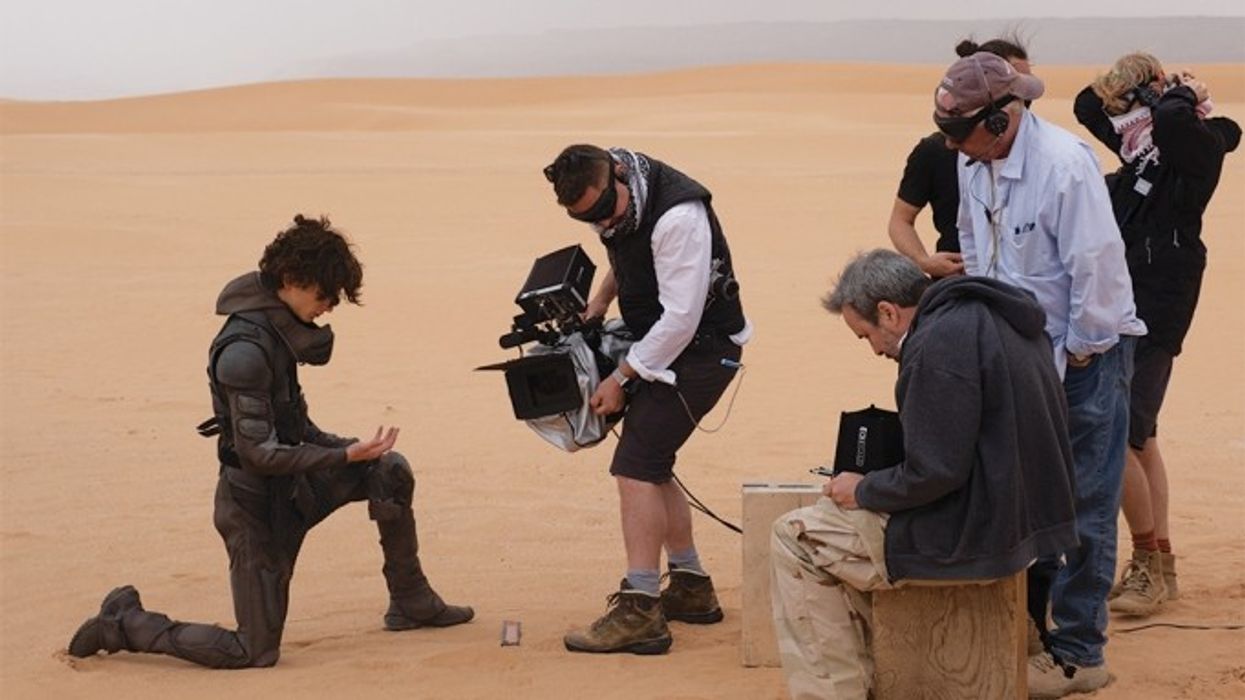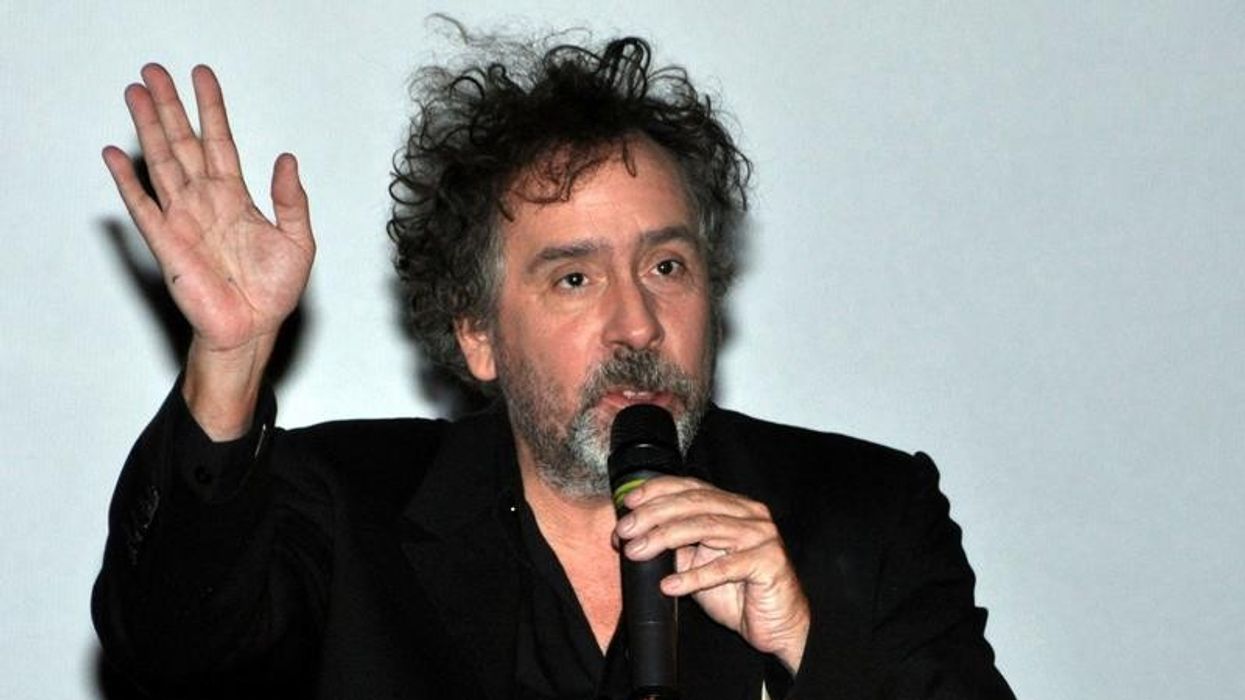Why 'Dune' Was Shot on Digital, Transferred to 35mm, Then Scanned to Digital
All for a movie that most people will watch on an iPhone (just sayin')...

If you ever wanted a perfect illustration of just how wild this world of hybrid digital and analog filmmaking has truly become, we have to only look at one of the biggest blockbusters of our modern age.
As we’ve covered to a great degree here on No Film School, Denis Villeneuve’sDune is a triumph in modern filmmaking. And while it might not be a perfect film to everyone, it’s certainly been successfully received by both the box office and critics alike.
However, as recently revealed in podcasts and the continuous PR following the film’s release, its production through post process has been quite fascinating. And as bonkers as it is to say, in terms of how films are shot, processed, and edited by today’s standards, its digital-to-film-to-digital process actually kind of makes sense.
How They Shot Dune
So, let’s start with the actual production process for the film. According to reports, Dune was shot on a couple of different cameras. To shoot for the IMAX format, Dune cinematographer Greig Fraser, ACS, ASC, used an IMAX-certified ARRI ALEXA LF camera along with a prototype of a MINI LF.
The film was shot with Panavision large-format lenses from the Ultra Vista and H-series lineup, with a few scenes even opening the aspect ratio up to 1.90:1. All to say that the film was shot in pure digital format (ARRIRAW) and not on film…
Which leads us to the uniqueness of this whole process.
Dune’s Digital-to-Film-to-Digital Process
“It was an involved process that hasn’t really happened before in commercial films. But it gave us the feeling we had been picturing a certain texture that’s painterly but feels timeless…The film has softened the edges of the digital. It gave us something that film acquisition couldn’t give us, and it gave us something that digital acquisition couldn’t give us,” Fraser said.
As you can hear in the conversation above with cinematographer Fraser, the team chose to go with an unusual, but quite clever, approach of transferring the film to 35mm film before scanning it back to digital.
Thoughts on the Overall Process
Overall, Dune’s digital-to-film-to-digital journey is truly a hybrid digital and analog approach that could be justified and make sense today. However, it might be a bit hard to explain the logic to someone in the past or in the future.
Still, for anyone interested in digital filmmaking or film emulation, it’s fascinating to think about how these two worlds have merged together as well as still seem to work against each other.
For your projects, you’ll always have the choice (but perhaps not the budget) to shoot either on digital or on film, however, it’s up to you to decide just what you want your look to be and how much you want to tinker with your overall process.
How do you feel that Dune’s digital-to-film-to-digital process worked out? Curious to try something similar yourself, or would you prefer to stick to one format altogether?
Let us know in the comments below!











